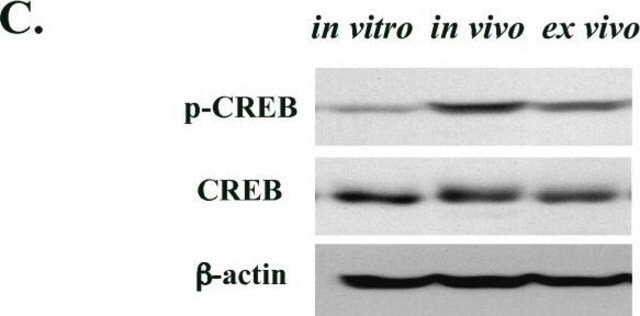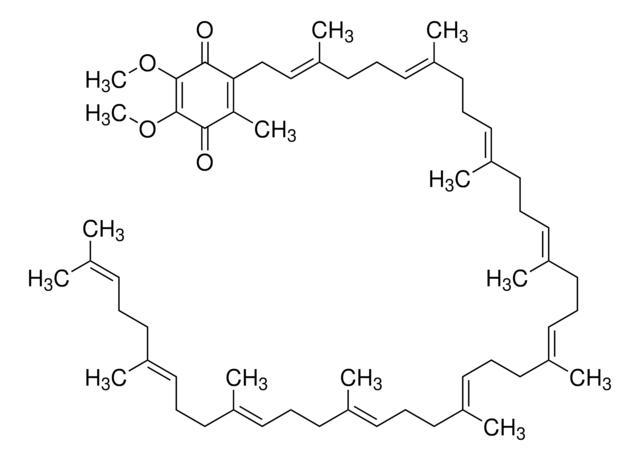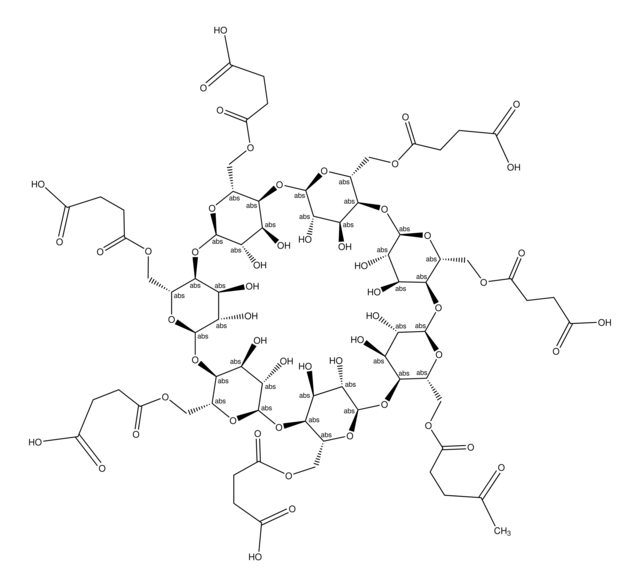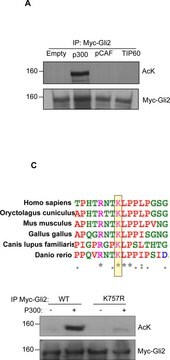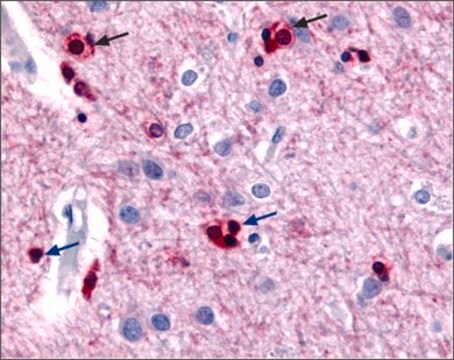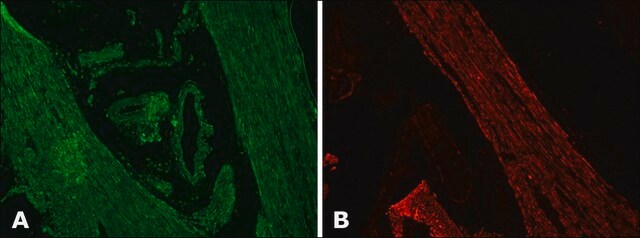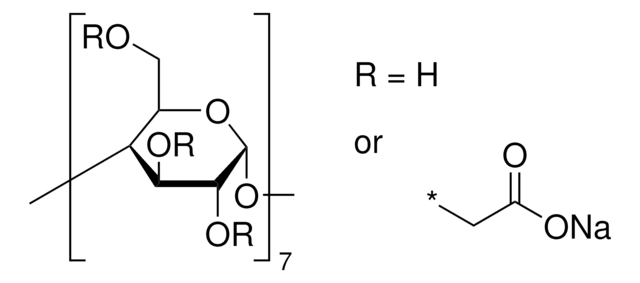05-667
Przeciwciało anty-fosfo-CREB (Ser133), klon 10E9
clone 10E9, Upstate®, from mouse
Synonim(y):
aktywny czynnik transkrypcyjny CREB, białko wiążące element reagujący na cAMP 1, białko wiążące element reagujący na cAMP-1, białko transaktywatora
About This Item
Polecane produkty
pochodzenie biologiczne
mouse
Poziom jakości
forma przeciwciała
purified antibody
rodzaj przeciwciała
primary antibodies
klon
10E9, monoclonal
reaktywność gatunkowa
canine, rat, mouse, human
producent / nazwa handlowa
Upstate®
metody
ELISA: suitable
immunohistochemistry: suitable
western blot: suitable
izotyp
IgG1κ
numer dostępu NCBI
numer dostępu UniProt
Warunki transportu
dry ice
docelowa modyfikacja potranslacyjna
phosphorylation (pSer133)
informacje o genach
human ... CREB1(1385)
Opis ogólny
Specyficzność
Immunogen
Zastosowanie
Epigenetyka i funkcje jądrowe
Czynniki transkrypcyjne
Jakość
Western Blot Analysis: 0.5-2 μg/mL of this antibody detected phosphorylated CREB in whole cell lysates from HepG2 and PC12 cells treated with forskolin.
Opis wartości docelowych
Postać fizyczna
Przechowywanie i stabilność
Rehydratyzowany: Stabilny przez 3 miesiące w temperaturze 2-8ºC.
Roztwór należy przechowywać w stanie zamrożonym, unikając powtarzających się cykli zamrażania i rozmrażania.
Komentarz do analizy
Lizat komórek PC12 poddany działaniu forskoliny
Informacje prawne
Oświadczenie o zrzeczeniu się odpowiedzialności
Nie możesz znaleźć właściwego produktu?
Wypróbuj nasz Narzędzie selektora produktów.
polecane
Hasło ostrzegawcze
Danger
Zwroty wskazujące rodzaj zagrożenia
Zwroty wskazujące środki ostrożności
Klasyfikacja zagrożeń
Acute Tox. 3 Dermal - Acute Tox. 4 Inhalation - Acute Tox. 4 Oral - Aquatic Chronic 3
Kod klasy składowania
6.1C - Combustible acute toxic Cat.3 / toxic compounds or compounds which causing chronic effects
Klasa zagrożenia wodnego (WGK)
WGK 1
Certyfikaty analizy (CoA)
Poszukaj Certyfikaty analizy (CoA), wpisując numer partii/serii produktów. Numery serii i partii można znaleźć na etykiecie produktu po słowach „seria” lub „partia”.
Masz już ten produkt?
Dokumenty związane z niedawno zakupionymi produktami zostały zamieszczone w Bibliotece dokumentów.
Nasz zespół naukowców ma doświadczenie we wszystkich obszarach badań, w tym w naukach przyrodniczych, materiałoznawstwie, syntezie chemicznej, chromatografii, analityce i wielu innych dziedzinach.
Skontaktuj się z zespołem ds. pomocy technicznej